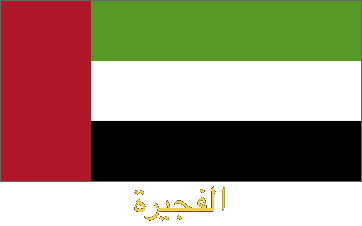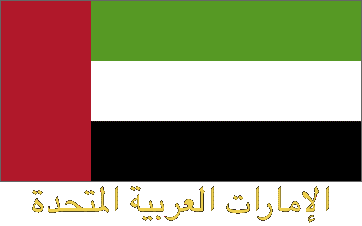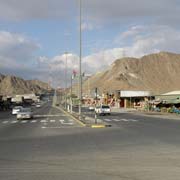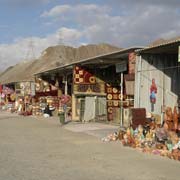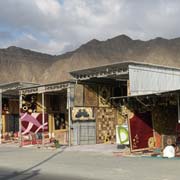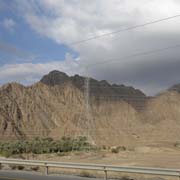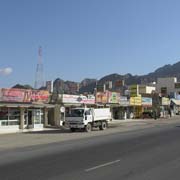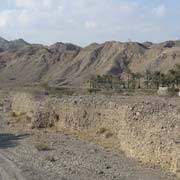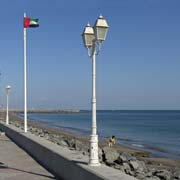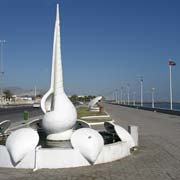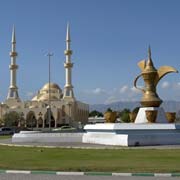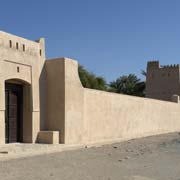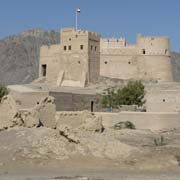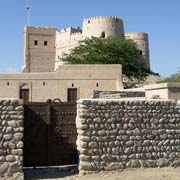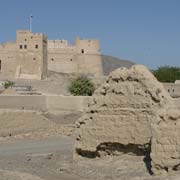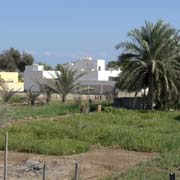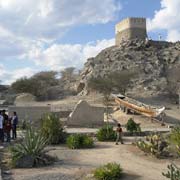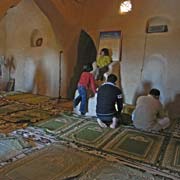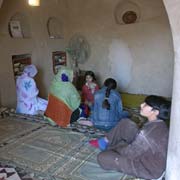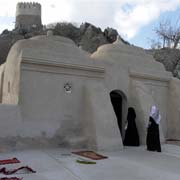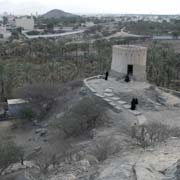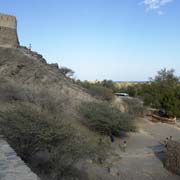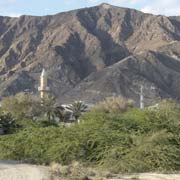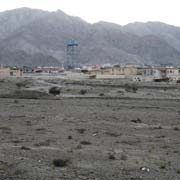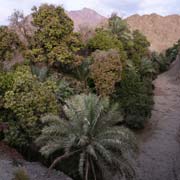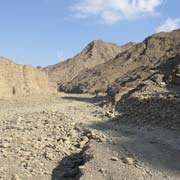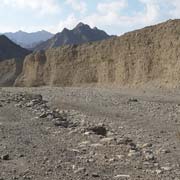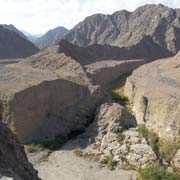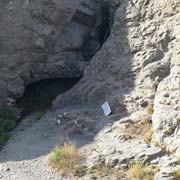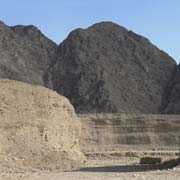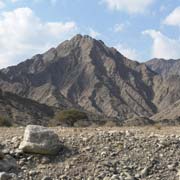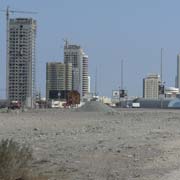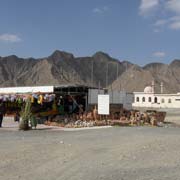Photos of Fujairah, the Emirate on the east coast, United Arab Emirates
Fujairah, the Emirate on the east coast
The Emirate of Fujairah, the only one entirely on the east coast, has a total area of 1150 km², about 1.5% of the area of the UAE, with a population of around 130,000 inhabitants. It is the only Emirate of the UAE that is almost totally mountainous.
you may then send it as a postcard if you wish.
Situated east of the Hajar mountains, Fujairah has a higher than average yearly rainfall of the UAE, allowing farmers in the region to produce one crop every year. In 1952 the Sheikh of the Sharqi clan, a vassal of Sharjah, was recognised by the British as the independent Emir of Fujairah when Kalba, just south of Fujaira city, was annexed to Sharjah. The present ruler of Fujairah is Sheikh Hamad bin Mohammed Al Sharqi, who has been in power since the death of his father in 1974. Formerly a backwater, there is now a building boom with many new developments along the coast. Excellent roads provide easy access.
The most impressive view in Fujairah city is the 360-year-old fort on a hill, surrounded by the remains of houses that comprised the old town. The fort was severely damaged in the early twentieth century by a British bombardment but has now been restored. Nearby is a "Heritage Village" with a good selection of traditional houses, restored with their "arish" palm leaf roofs, and fishing boats, called "shasha". Further along the coast, 8 kilometres north of the Sharjah enclave of Khor Fakkan, is the small village of Bidiyah (or Badiyah) which has the oldest mosque of the United Arab Emirates. Overlooked by two watchtowers, this modest whitewashed building is thought in fact to be one of the oldest surviving mosques in the world. Known as the "Ottoman Mosque" it is square in shape with four round, almost squashed domes on its roof, but no minaret. Inside, a massive central supporting pillar splays out to form the ceiling and brightly coloured prayer mats cover the floor. Recent study has suggested it was built between the end of the 15th and the end of the 16th centuries.
Wadi Warayah (or Wurayah) is a 169 km² area in the Hajar mountains between the towns of Masafi, Khor Fakkan and Bidiyah and the first mountain protected area in the United Arab Emirates. It is a spectacular place with streams and pools dotted around the rocky outcrops. It is home to more than 100 species of mammals, birds, reptiles and amphibians, as well as more than 300 species of plants and is one of few remaining places in the world where the endangered Arabian tahr, related to the wild goat, still roams free.
